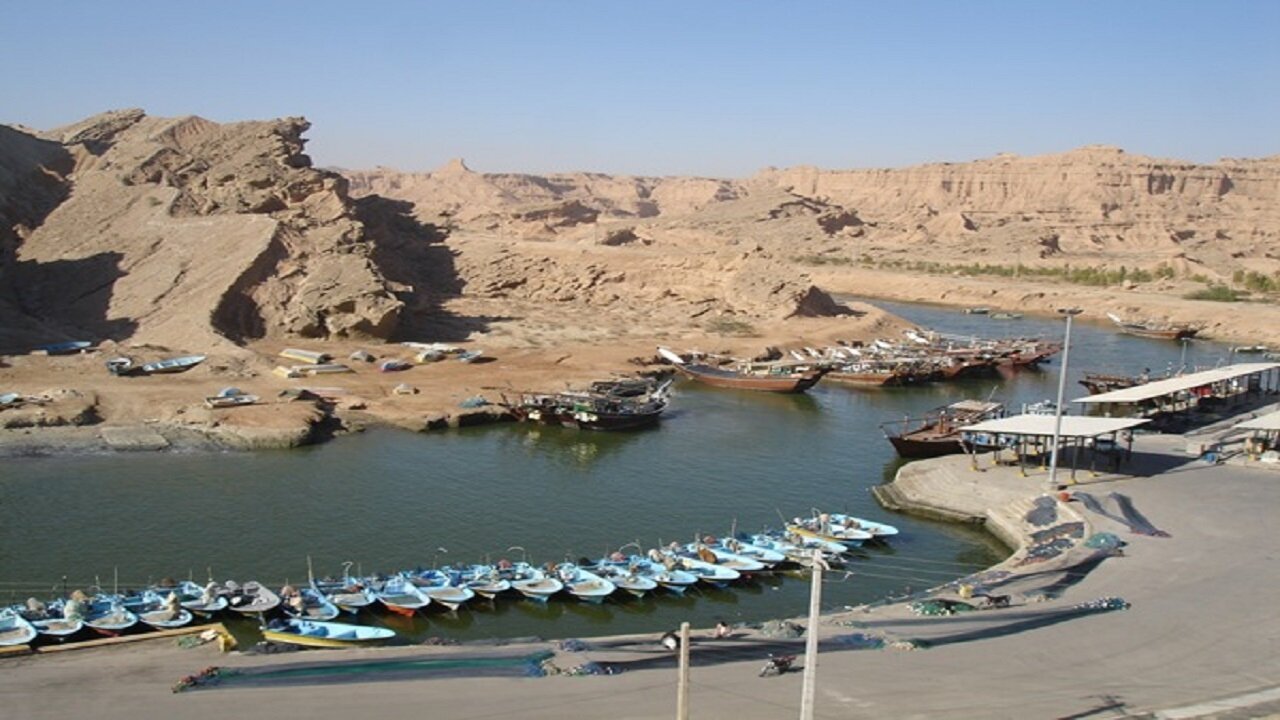Establishment of fishing piers will boost Abadan's tourism, lawmaker says

TEHRAN—Seyyed Mohammad Molavi, an MP representing Abadan in the Iranian parliament, said that fishing piers, jet skis, jet boats, and other water sports should be activated in the Bahmanshir and Arvandrud rivers to develop tourism in the region.
Speaking at the coordination meeting of the Health Tourism Conference which was held at the Arvand Free Zone Organization on Thursday, he said that out of 115 countries in the world, Iran ranks 73rd in the tourism development index, Mehr news agency reported.
He emphasized that one of Khuzestan's assets is the Arvand Free Zone Organization, which should be used for promoting the tourism.
Molavi continued that in the tourism economy, programs should be consistent with the region's ecosystem.
In another part of his speech, he discussed the prioritization of tourism in Abadan and Khorramshahr and said: “Marine tourism is the pulse of tourism in this region. Does anyone come to Abadan for good weather, to see farms or industry? To develop tourism in the region, fishing piers, jet skis and jet boats, and other water sports should be activated in the Bahmanshir and Arvandrud rivers.”
He stated that holding specialized hotel management courses by the Homa Hotel Group is a necessity for hotels in the region.
Referring to the sea lines, Molavi said that Tourism Group of Social Security Organization (HEGTA) is requested to participate in the establishment of sea line between Abadan and an Iraqi port and also activate the water taxi.
He considered human resource development as the key to progress and said that specialized tourism courses should be held even for the personnel of Free Zone Organization.
Referring to the health tourism, he stated that the cities of Abadan and Khorramshahr should not be the only transit points for Iraqi tourists, and a plan should be made to provide treatment in this area.
Molavi noted that the Arvandrud and Bahmanshir rivers, in addition to health tourism, can provide good capacity for the tourism economy and employment.
Khuzestan province, situated in the southwestern part of Iran, is a region steeped in history and culture, with a remarkable diversity of attractions that appeal to various tourists.
This area is one of the oldest continuously inhabited places on Earth, and its historical significance is highlighted by its contribution to the development of the ancient Elamite civilization, which dates back to approximately 2700 BC.
The province is particularly renowned for its archaeological sites. Susa, one of the oldest cities in the world, provides invaluable insight into ancient human civilization.
The ziggurat of Chogha Zanbil, a UNESCO World Heritage site, is another must-visit, offering a unique glimpse into the religious practices of the Elamites.
Khuzestan is also famous for its rich tapestry of cultures. This multiculturalism is reflected in the local cuisine, traditional music and crafts, making it a vibrant place for cultural tourism.
In conclusion, Khuzestan province offers a profound journey through time, showcasing an array of historical monuments and vibrant cultural expressions, set against a backdrop of stunning natural beauty. It remains a gem for those interested in exploring the depths of human history intertwined with the richness of nature.
KD
